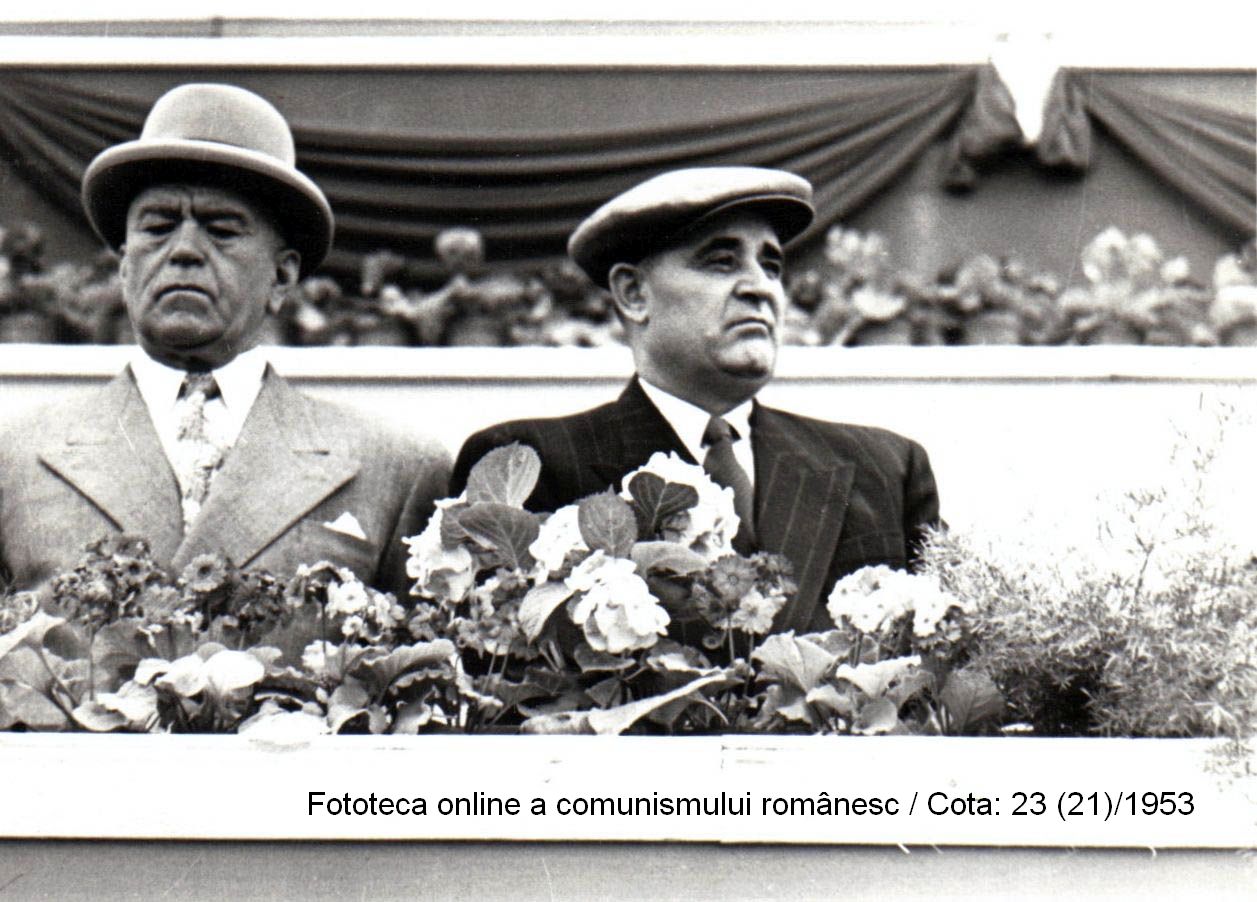Securitate and the KGB parting ways
The most feared institution of the Romanian communist state was the political police known as Securitate, created on the model of the NKVD, which would later become the KGB

Steliu Lambru, 28.10.2024, 11:57
The most feared institution of the Romanian communist state was the political police known as Securitate, created on the model of the NKVD, which would later become the KGB. A structure with a double role, informative and repressive, the Securitate was until the end of the 1950s under the total control of the KBG, as was the whole of Romania. But from the beginning of the 1960s, the so-called “policy of Romania’s independence from the USSR” meant a divorce of the Securitate from the KGB, and therefore its emancipation. The Romanian leader Gheorghe Gheorghiu-Dej was the one who started the divorce procedure with great tact.
General Neagu Cosma was an officer in the Counterespionage Directorate of the State Security Department, which he also led. In 2002, interviewed by Oral History Center of the Romanian Radio Broadcasting Corporation, he recalled how the Securitate broke up with the KGB.
Neagu Cosma: “When the Soviets were here and they were powerful, they had advisors and they had their people in command, both in politics and in the line of special services, so things were solved easily. They would solve everything Kremlin style. Massive arrests were conducted, for well-grounded or no so well ground reasons, many times for minor things. The role of the advisor, who was a KGB officer, was to advise the unit commander. There was a head advisor, at ministry level, and then unit advisors. The head advisor was supposed to advise at the request of the commander, respectively at the request of the minister. If I had a problem of orientation, of technique, of work methodology, I would give him the task and he,
Suffocated by the omnipresence of the Soviets, the Romanians were trying to find a solution.
Neagu Cosma: “At one point, Minister Drăghici, desperate that they were getting in everywhere, called us and said:
In the early 1960s, Dej decided that a limit had been crossed in the Romanian-Soviet relations. The Securitate Information and Documentation Center was used to eliminate the presence of the KGB agency. A team of 5-6 serious and discreet officers coordinated by Neagu Cosma started drawing up a table.
Neagu Cosma: “By ’62, I think we had reconstituted a large proportion, maybe 80%, of their network on the territory of our country. We had no other kind of mission but only to reenact it, to know it. Some tables were made from top to bottom, that was the network, with short comments and notes. The tables included the old network that was active around here, the network that had come with the Tudor Vladimirescu division, with the Horia Cloşca and Crişan division, those who had been parachuted during the war around the country, men of the Russians. And these tables were presented to Gheorghiu-Dej.”
The Romanians’ strategy was simple. The Soviet spies were told that all their activity was known, they were offered pardon and asked to stop collaborating with the KGB. Otherwise, they would be prosecuted. Most accepted the offer of the Securitate. Neagu Cosma spoke about the first criterion that was the basis of the inclusion on the table.
Neagu Cosma: “In the first phase, I think I had about 180 spies on the table, from all over the country. To these were added those with less certain situations, but with solid indications that they could be Soviet spies. For example, they came from schools in the Soviet Union married to Russian women. Apparently, it was nothing, it was normal in a normal regime. But with the Russians it didn’t work like that, I knew the rule. Those who came with Russian girls for us were suspects. And then, the Russian women, first of all, we registered them all, and they were quite a few. They were married to soldiers who held high positions in the army and at the Ministry of the Interior. In the political apparatus there were a lot of those married to Russian women. Of course there were exceptional people who were affected, but the general measure was that in the end we evacuated all of them from the main institutions.”
The Securitate and the KGB parted ways in the early 1960s. But both institutions retained, until 1989, the same character as repressive institutions of a repressive political regime. (MI)






























